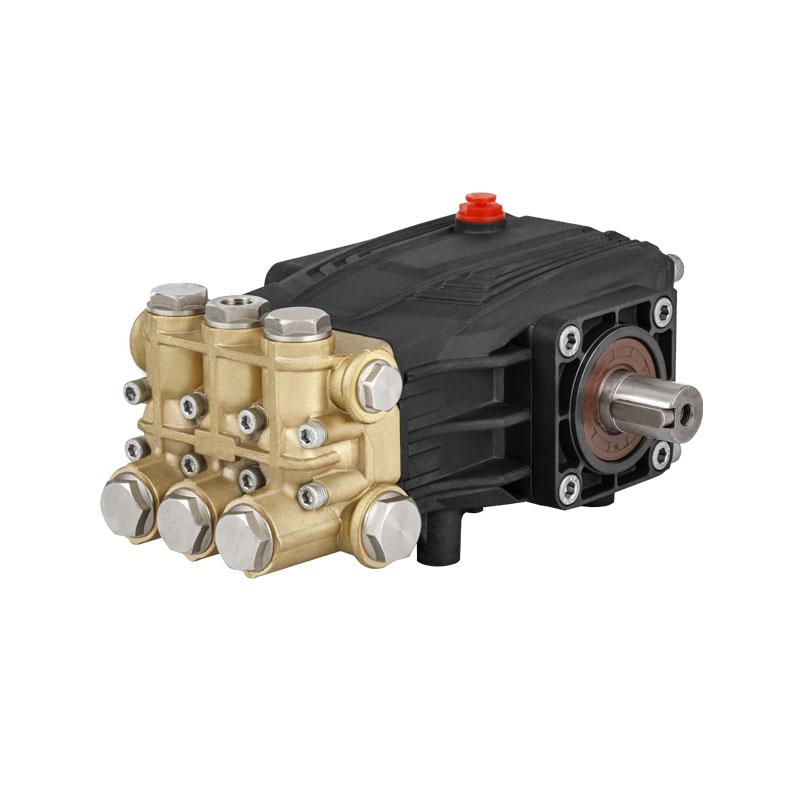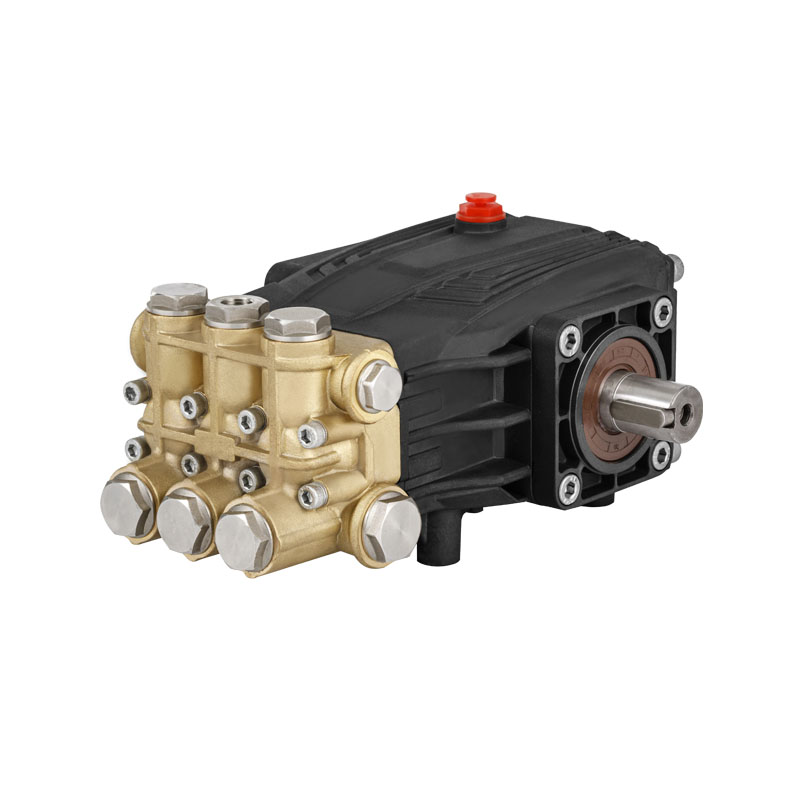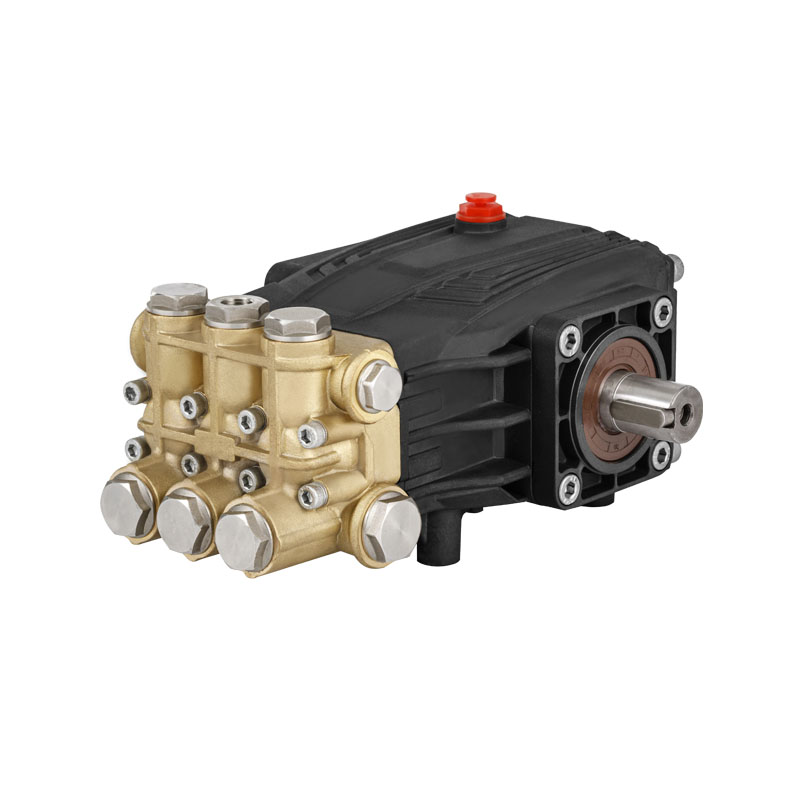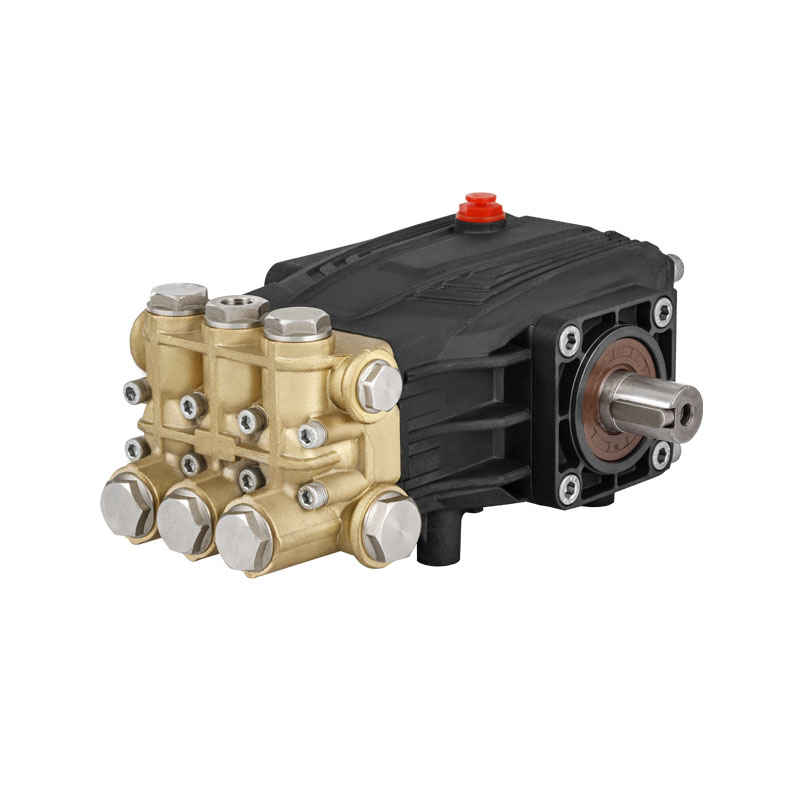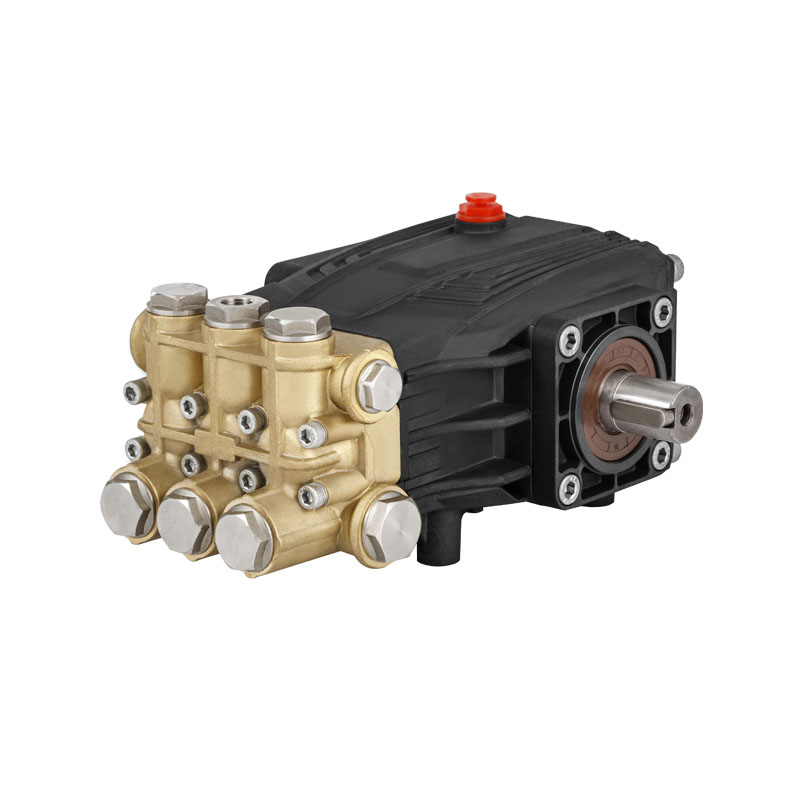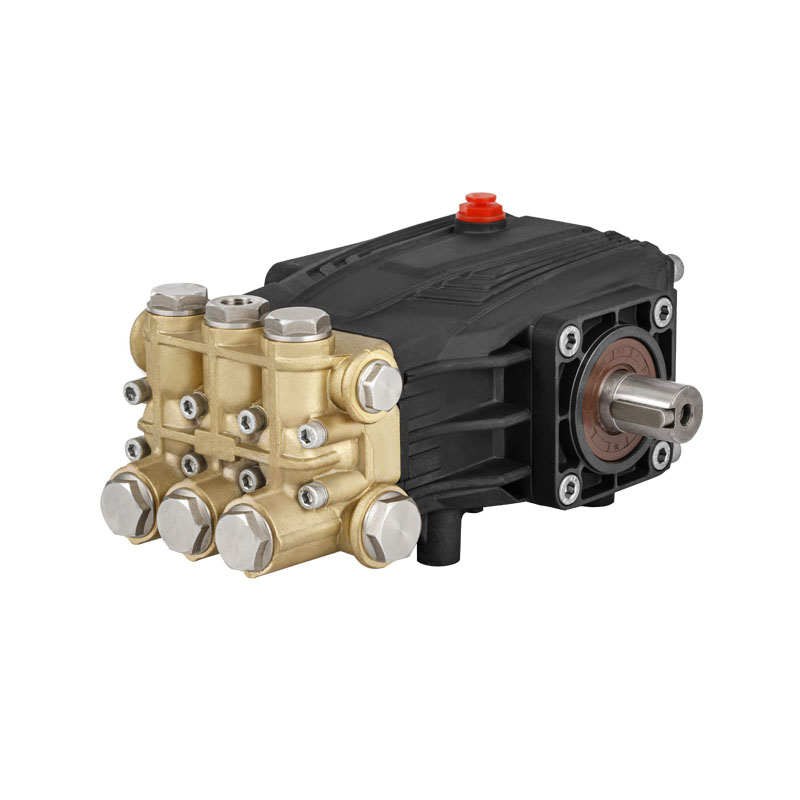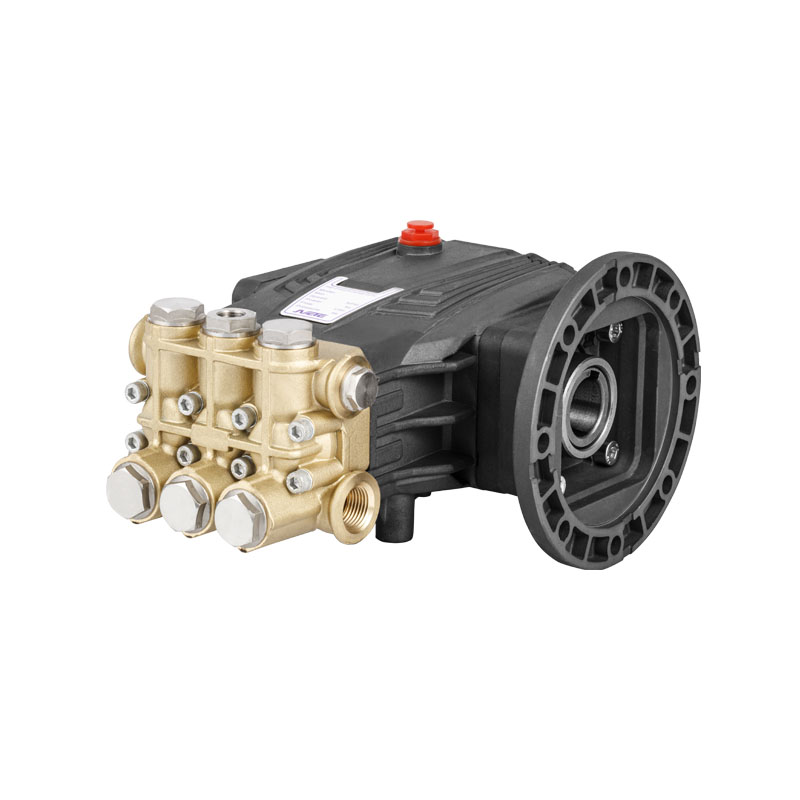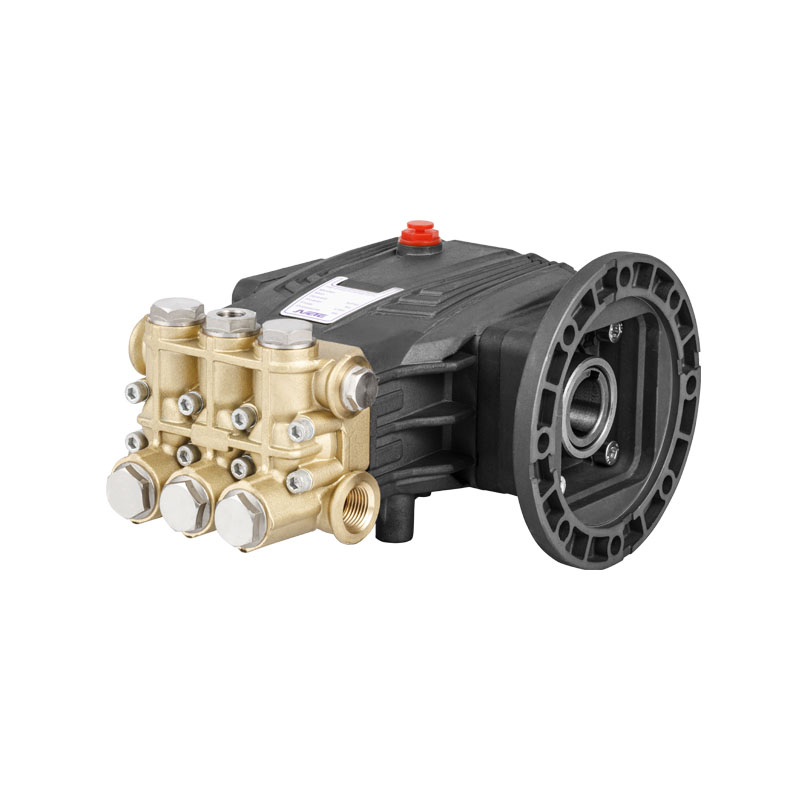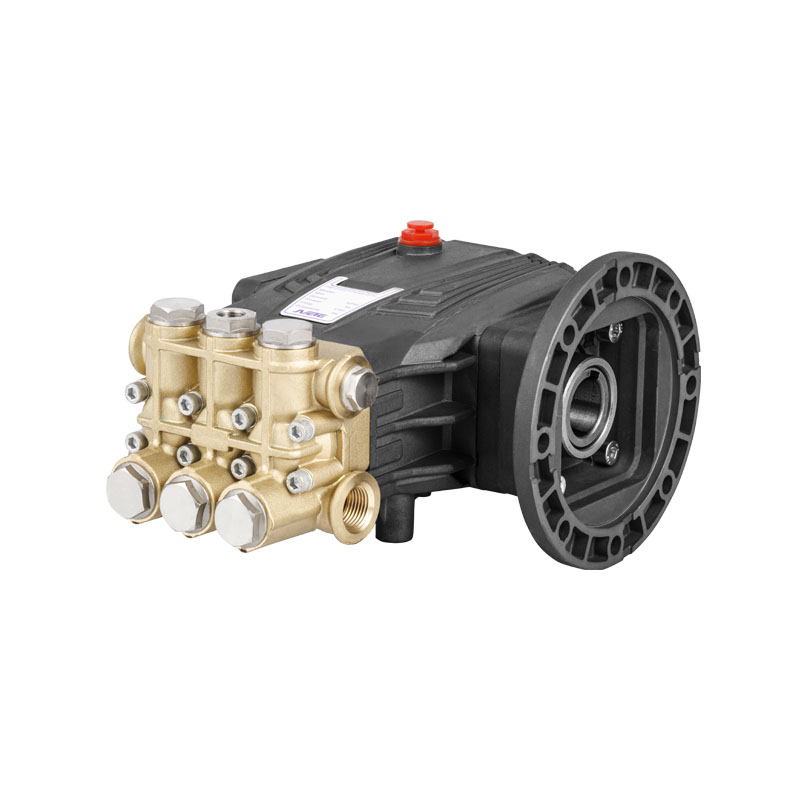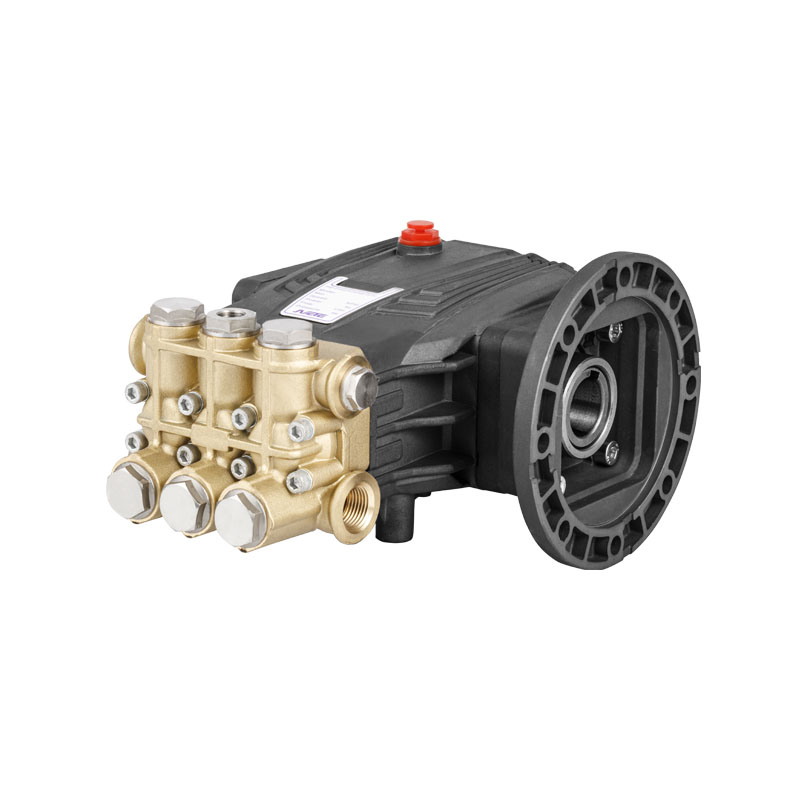In industries ranging from petrochemical to marine maintenance, integrating the Triplex Plunger Water Blasting Pump into routine operations has driven remarkable gains in productivity and safety. Operators praise the assembly’s robust triple‑cylinder design and user‑friendly controls, which streamline pre‑cleaning procedures while minimizing operator fatigue. With variable pressure settings reaching up to 4,000 bar, the Triplex Plunger Water Blasting Pump’s reliability under continuous, high‑intensity use stands out when compared to traditional single‑plunger systems, reducing unexpected downtime.
Recent equipment market surveys show a surge in demand, with growth in the Triplex Plunger Water Blasting Pump market segment outpacing broader high‑pressure cleaning solutions by 12% annually. Manufacturers forecast that surging infrastructure refurbishments and tighter emission‑control regulations will sustain interest in eco‑efficient equipment. Original equipment manufacturers now offer the Triplex Plunger Water Blasting Pump as both skid‑mounted units and portable modules, enabling small contractors and large enterprises alike to adopt water‑based blasting processes in urban and remote environments without extensive capital outlay.
Innovation cycles have introduced advanced materials and control systems to next‑generation units. For example, the new ceramic seals in the Triplex Plunger Water Blasting Pump reduce wear by 40%, extending service intervals and lowering total cost of ownership. Meanwhile, integration of digital manometers and an IoT‑enabled Triplex Plunger Water Blasting Pump platform allows centralized performance monitoring, automated diagnostics, and predictive maintenance alerts, ensuring that operators can schedule servicing proactively rather than reactively.
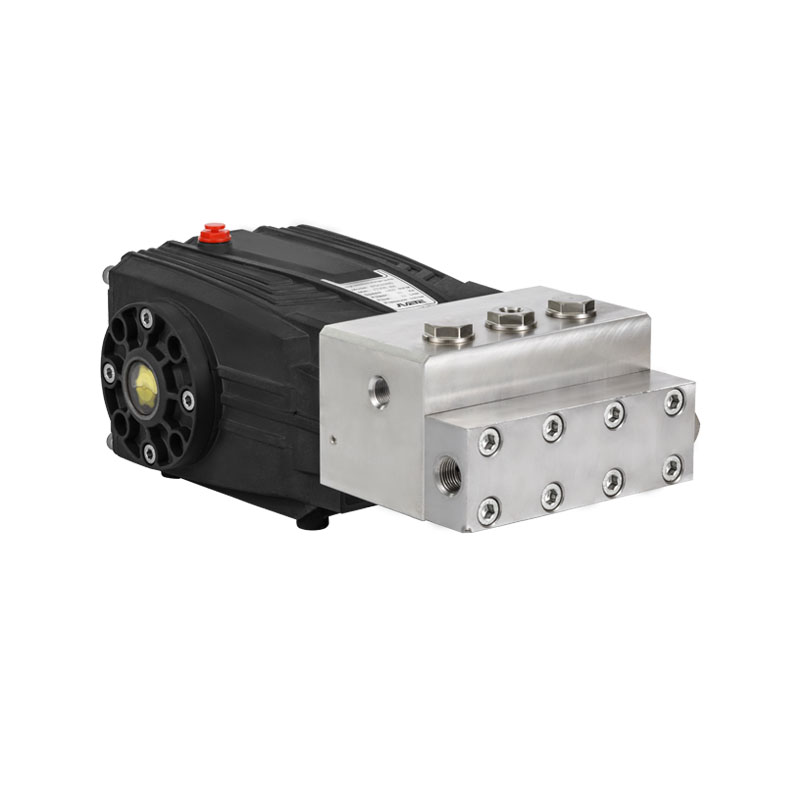
Field trials across offshore platforms confirm that rapid surface‑renewal techniques outperform abrasive‑blasting alternatives. Navy contractors are deploying the Triplex Plunger Water Blasting Pump on hull‑cleaning vessels, achieving safe removal of marine growth with no toxic byproducts. Onshore, wastewater treatment facilities use the Triplex Plunger Water Blasting Pump to clear sludge buildup inside digesters, enabling plants to maintain throughput levels without chemical additives. In both cases, operators report improved turnaround times and reduced environmental compliance headaches.
Training and certification programs have adapted to these technological shifts, emphasizing safe handling of high‑pressure fluid jets and environmental practices. Industry associations now require operators to understand zero‑discharge water circuits, pressure‑relief valve calibration, and recycling protocols specific to ultra‑high‑pressure systems. These competencies complement the technical advantages of the pump, fostering a workforce adept at uptime while meeting stringent safety and sustainability benchmarks established by regulatory agencies.
Analysts predict that future variants of the Triplex Plunger Water Blasting Pump will feature modular skid designs, enabling rapid configuration changes between fluid filtration, chemical injection, and high‑pressure cleaning tasks. These modular units could reduce on‑site logistical burdens by consolidating multiple capabilities into a single chassis. Early adopters anticipate that such flexibility will align with lean operational models, allowing maintenance teams to respond to diverse project requirements without stocking separate equipment inventories.
Manufacturers are also exploring hybrid power options, combining electric drives with diesel generators to minimize emissions and meet emerging low‑carbon targets. Integrated energy‑recovery systems return residual pressure to auxiliary systems, improving overall energy efficiency by up to 15%. Meanwhile, additive manufacturing of critical pump components promises to shorten times for custom parts, ensuring that facilities operate continuously with minimal repair delays. Such enhancements will bring the Triplex Plunger Water Blasting Pump into predictive service models, leveraging data analytics to minimize lifecycle costs.
Global supply chains have adapted, with regional assembly hubs in Southeast Asia and Eastern Europe enabling faster delivery of specialized configurations. These hubs not only stock core pump modules but also maintain inventories of high‑pressure hoses, nozzles, and manifold assemblies. As a result, localized service centers can offer on‑demand repairs and upgrade packages, tailoring equipment to sector‑specific standards such as those in petrochemical processing or marine salvage operations. This network enhances responsiveness during peak maintenance seasons.





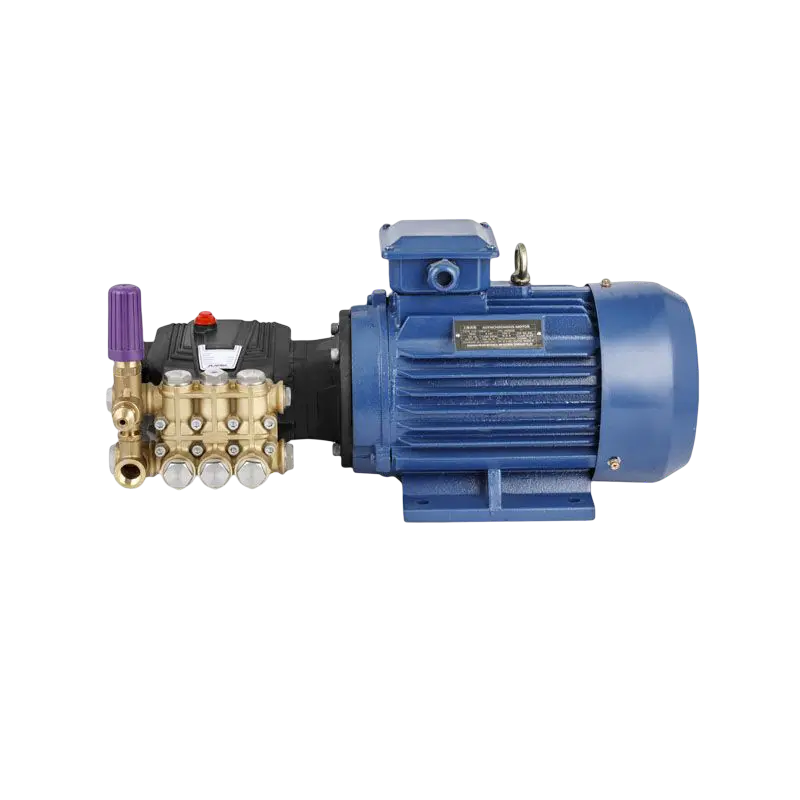
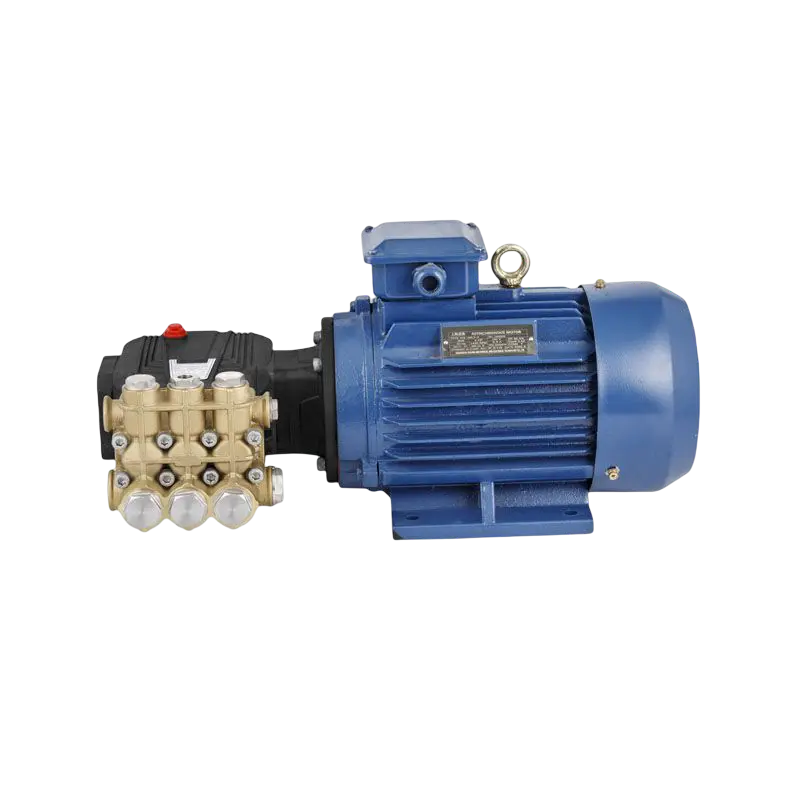
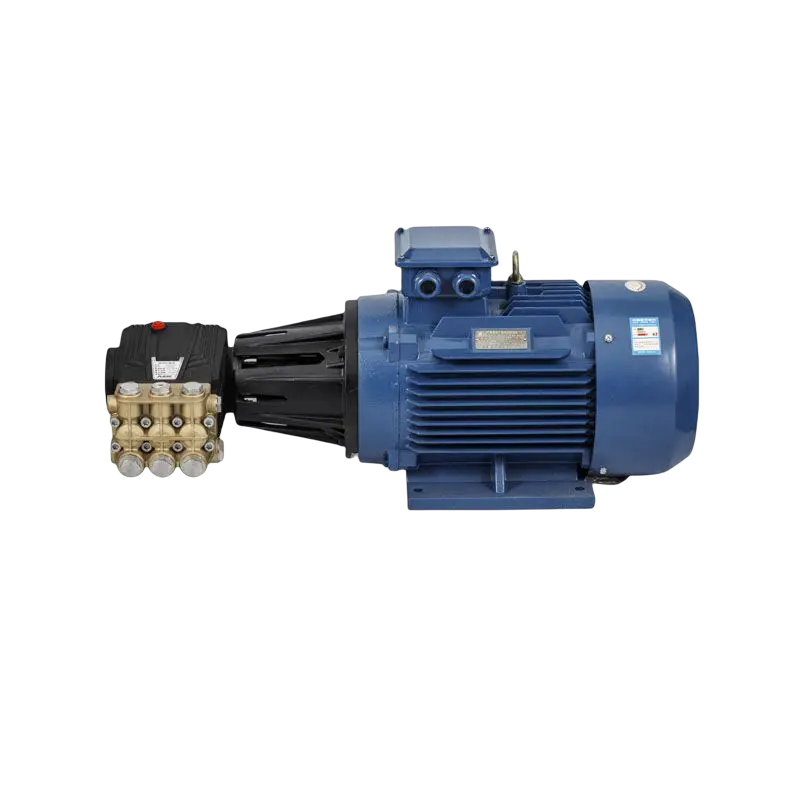
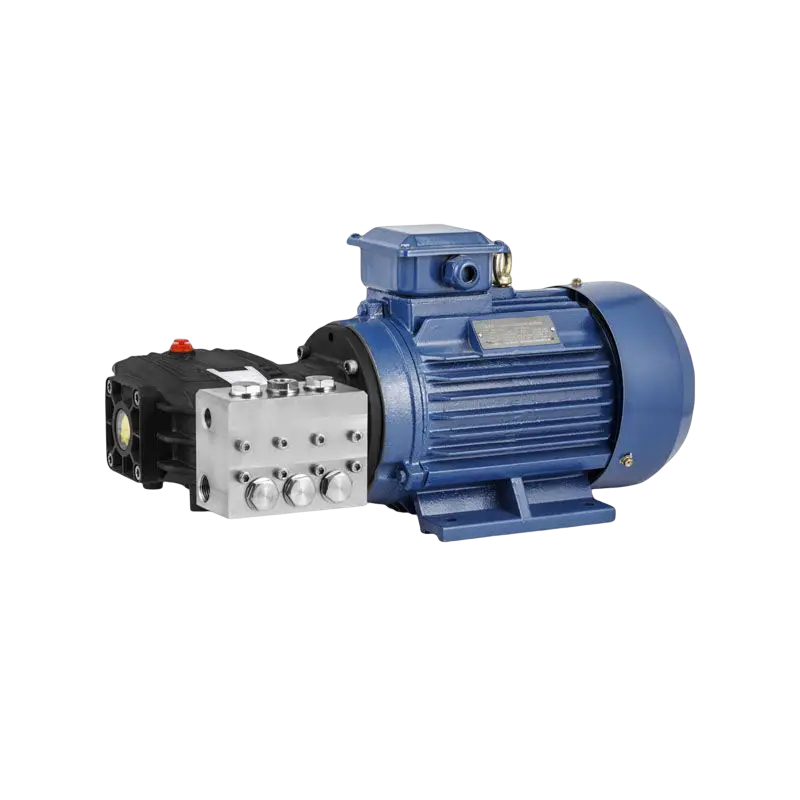
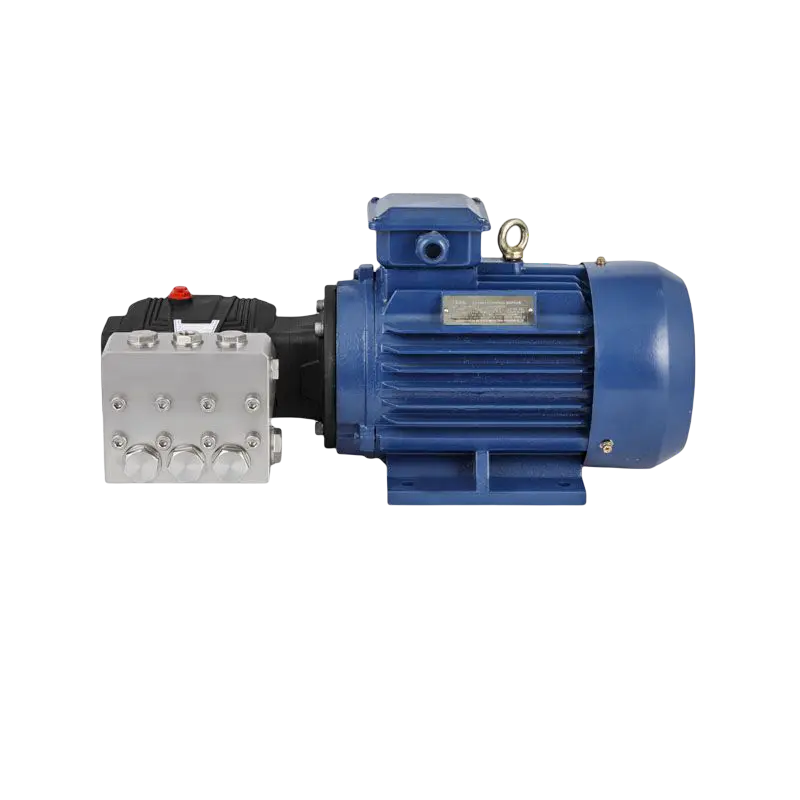
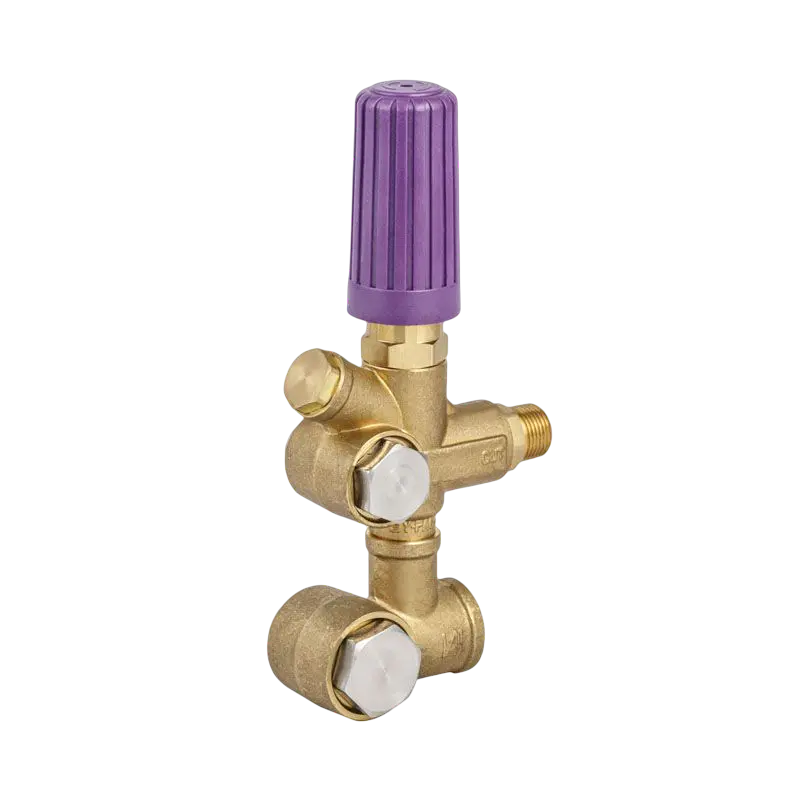
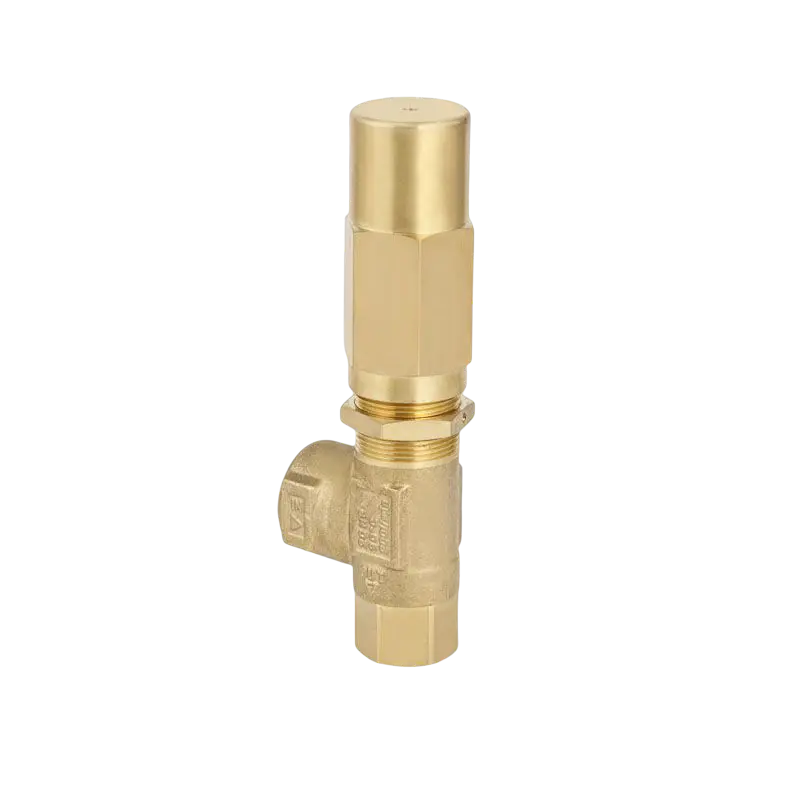
-2(1).png)
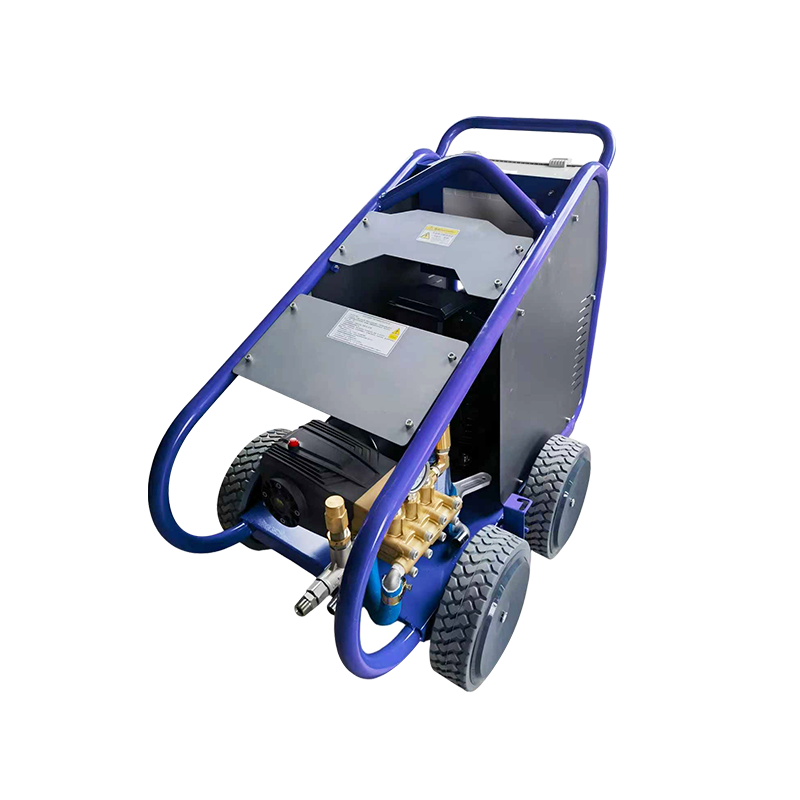


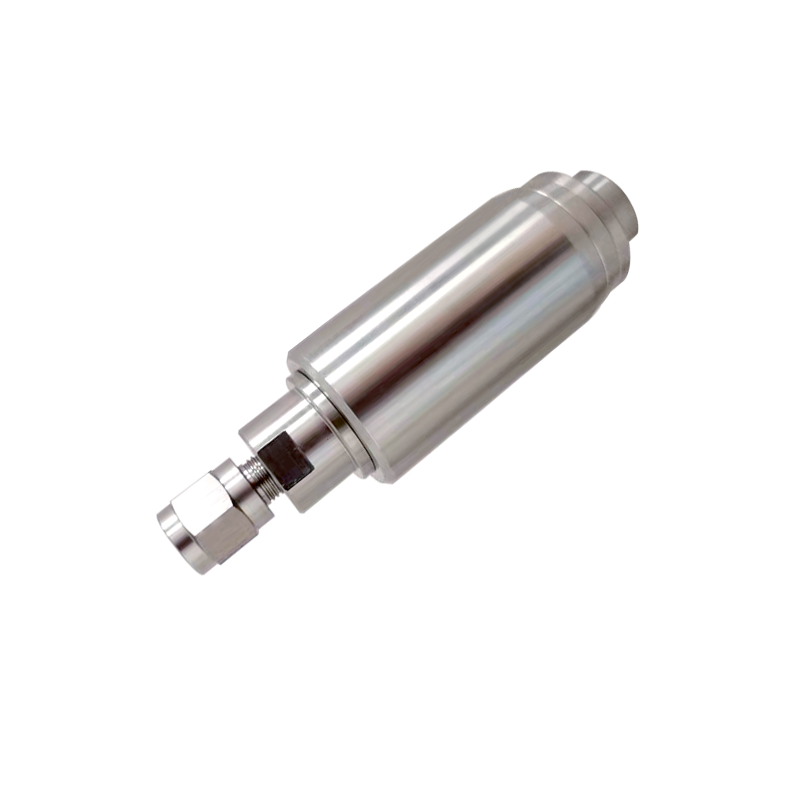
 English
English Español
Español
